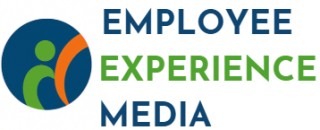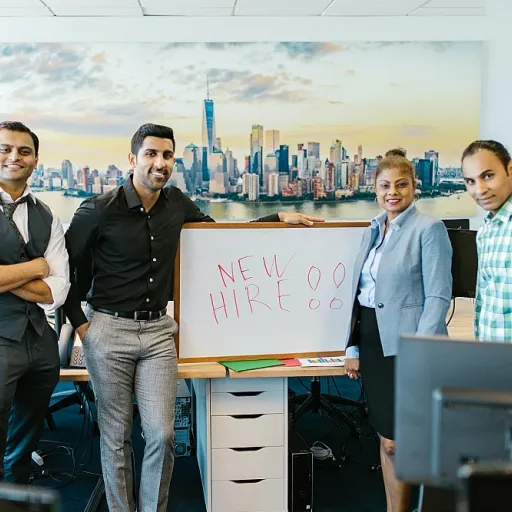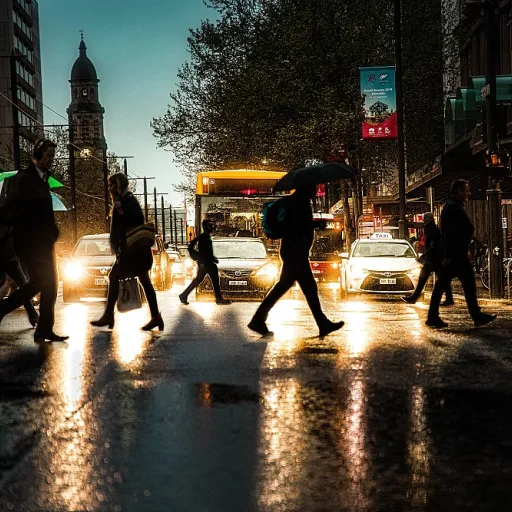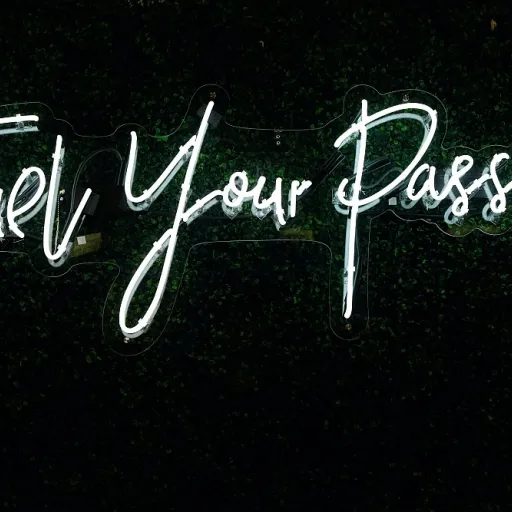
Understanding the concept of a group oriented hero
Exploring the Group Oriented Hero in the Workplace
The idea of a hero often brings to mind the classic journey described in myth and psychology. In organizational life, the hero archetype is not just about individual achievement. Instead, it is about those who rally teams, foster collaboration, and help others cross thresholds together. This group oriented hero is shaped by the collective journey, echoing the patterns found in the stories analyzed by thinkers like Joseph Campbell and Carl Jung.
Campbell’s work on the hero’s journey, or "monomyth," highlights stages such as the call to adventure, facing threshold guardians, and returning with newfound wisdom. In the workplace, these stages are mirrored when employees respond to challenges, support each other, and share successes. The group oriented hero is less about personal glory and more about opening windows of opportunity for the team, acting as a mentor, and navigating the complex stories that unfold in modern organizations.
- Archetype in action: The group oriented hero acts as a bridge, helping colleagues face the unknown and cross into new phases of growth.
- Threshold guardians: These are the obstacles or doubts that teams encounter, and the hero helps the group overcome them.
- Mentorship and sharing: Sharing stories and experiences, much like clicking share on a window Facebook post, spreads knowledge and builds trust.
Understanding this archetype is essential for organizations aiming to create positive employee experiences. The journey is not just about individual advancement but about how heroes help others answer the call to adventure. For more on how company policies can shape these experiences, see this analysis of workplace relationship policies.
Why group oriented heroes matter in modern organizations
The influence of collective heroism on organizational dynamics
In the world of employee experience, the concept of a group oriented hero is gaining traction. Drawing from psychology and the classic hero journey described by Campbell and other scholars, organizations are rethinking what it means to be a hero at work. Instead of focusing on individual achievements, the spotlight is shifting to those who elevate their teams and foster a sense of shared purpose. The hero archetype, often explored in myth and story, is not just about a lone character facing a call to adventure. In modern workplaces, the journey involves crossing thresholds together, facing challenges as a group, and supporting each other through the unknown. This mirrors the idea of threshold guardians and mentors found in classic stories, where the hero quest is a collective effort rather than a solo mission. Research in organizational psychology suggests that when employees see themselves as part of a larger narrative, engagement and satisfaction increase. The journey becomes less about personal glory and more about the shared adventure. This shift opens a window to new possibilities for collaboration, innovation, and resilience.- Group oriented heroes help teams navigate the threshold between comfort and growth, much like the archetypes described in myth and psychology books.
- They act as mentors and threshold guardians, encouraging others to answer the call to adventure within the workplace.
- Stories of collective achievement become part of the company’s culture, shaping how employees view their own journeys.
Key traits of group oriented heroes in the workplace
Recognizing the Group Oriented Hero in Everyday Work
When we talk about a hero in the workplace, the image that often comes to mind is someone who stands out individually. However, the group oriented hero archetype is different. This character is defined by their ability to unite teams, foster collaboration, and guide others through challenges. Drawing from psychology and the hero journey framework described by Campbell, these heroes do not seek the spotlight. Instead, they open a window for others to grow, learn, and succeed together.
- Mentorship and Guidance: Group oriented heroes often take on the mentor role. They help colleagues cross thresholds in their professional journey, similar to the threshold guardians in myth and story. Their support is not about control but about empowering others to answer the call to adventure in their own careers.
- Empathy and Emotional Intelligence: These heroes possess a deep understanding of team dynamics. Their approach is rooted in empathy, echoing the psychological insights of Carl Jung, who emphasized the importance of archetypes in shaping human behavior. They recognize when a window opens for team members to share ideas or concerns, and they encourage open dialogue.
- Collaboration Over Competition: Rather than seeking individual recognition, group oriented heroes focus on collective success. They see the workplace as a shared journey, where every character has a role to play in the story. This mindset helps break down silos and builds trust across departments.
- Resilience in the Face of Challenges: Like the hero faces obstacles in every myth, these employees help teams navigate setbacks. They act as threshold guardians, supporting others as they cross into new phases of their professional life. Their resilience inspires confidence and a willingness to embrace change.
Research from university press publications on organizational psychology highlights that group oriented heroes are vital in shaping positive employee experiences. Their actions align with the power myth, where the journey is not just about personal achievement but about uplifting the entire group. This approach is reflected in popular stories and even in modern films, where the hero quest is a shared adventure rather than a solo mission.
For organizations looking to enhance employee well-being, fostering group oriented heroism can be transformative. Initiatives such as corporate wellness retreats can open new windows for collaboration and personal growth. These experiences encourage employees to share, mentor, and support each other, reinforcing the group oriented hero archetype in everyday work life.
How group oriented heroes impact employee engagement
The ripple effect of group oriented heroes on engagement
When a group oriented hero steps up in the workplace, the impact goes far beyond their own actions. Drawing from the hero journey framework described by Campbell and explored in psychology, these individuals act as catalysts for collective motivation. Their journey often mirrors the classic story structure: a call to adventure, crossing the threshold, and facing threshold guardians. In a business context, this means tackling challenges together and inspiring others to join the quest.- Shared purpose: When employees witness a hero archetype championing team goals, it opens a window for others to see the value in collaboration. The story of their journey becomes a myth that others want to be part of, much like the power myth found in classic tales.
- Mentorship and support: Group oriented heroes often take on the mentor role, guiding colleagues through the ups and downs of work life. This character trait encourages others to answer their own call to adventure, fostering a culture where everyone feels empowered to contribute.
- Breaking down barriers: By facing threshold guardians—those obstacles or doubts that can hold teams back—these heroes demonstrate resilience. Their actions show that challenges can be overcome, opening a window for others to step forward and share their own stories.
Stories that inspire action
The stories of group oriented heroes are not just tales to be told; they are blueprints for engagement. When employees see a colleague embark on a hero quest, it often prompts a click—a moment of realization that they too can make a difference. This is the psychology behind why stories, especially those following the hero archetype, are so powerful in shaping culture. Organizations that recognize and share these stories, whether through internal communications or social platforms like Facebook (where a window opens for sharing and recognition), amplify the positive effects. The act of sharing—click, share, opens window—turns individual achievements into collective wins. Over time, these stories become part of the company’s myth, reinforcing the idea that everyone can be a hero in their own right.From myth to daily practice
The journey of a group oriented hero is not just a one-time event. It’s a continuous process where each new challenge is a threshold to cross. As more employees witness and participate in these journeys, engagement grows. The hero faces adversity, but with the support of the group, the adventure becomes a shared experience. This ongoing cycle, rooted in the work of thinkers like Campbell and Jung, transforms the workplace into a dynamic environment where engagement is not just encouraged—it’s lived every day.Encouraging group oriented heroism through company culture
Building a Culture That Nurtures Group Oriented Heroes
Fostering group oriented heroism in the workplace is not about celebrating lone stars, but about creating an environment where collective achievement is the norm. The journey of a hero, as described in classic psychology and myth—think of the hero archetype and the hero quest—can be adapted to modern organizations. When a company culture encourages employees to answer the call to adventure together, it opens a window for shared growth and engagement.- Recognize Shared Success: Instead of spotlighting individual achievements, highlight team milestones. This approach mirrors the hero’s journey, where the hero faces challenges with the support of allies and mentors, crossing thresholds as a group.
- Mentorship and Guidance: Just as in mythic stories, mentors and threshold guardians play a crucial role. Encourage experienced employees to guide others, acting as mentors who help colleagues navigate new challenges and cross organizational thresholds.
- Storytelling and Sharing: Use internal communication channels to share stories of group achievements. When employees see their journey reflected in company stories, it reinforces the power of myth and the collective adventure. Consider formats that make it easy for employees to click share or share on platforms like Facebook—when a story opens a window for others, it inspires more heroes to step forward.
- Psychological Safety: Drawing from psychology, create a safe space where employees feel comfortable taking risks together. When the threshold to new projects or ideas feels less daunting, more employees will answer the call to adventure.
- Celebrate the Archetype: Reinforce the group oriented hero archetype in training and onboarding. Reference well-known stories and myths—such as those discussed in university press books or popular culture like Star Wars—to illustrate how collective heroism shapes positive outcomes.
Challenges and pitfalls in promoting group oriented heroism
Recognizing the Shadows on the Hero’s Path
Promoting group oriented heroism in organizations is not without its hurdles. While the hero archetype, as described in classic psychology and myth, can inspire teams, it also brings challenges that leaders and HR professionals must address.- Overemphasis on the Hero Journey: When the journey of the group oriented hero becomes the sole focus, it may overshadow individual contributions. Employees might feel pressured to conform to a single archetype, which can limit diversity of thought and stifle creativity. The myth of the hero, popularized by thinkers like Campbell and Jung, is powerful, but not everyone fits the same character mold.
- Threshold Guardians in the Workplace: In many stories, the hero faces threshold guardians—figures or obstacles that test their resolve. In organizations, these can appear as rigid hierarchies or resistant managers. If not managed, these guardians can block the window of opportunity for emerging heroes, making the journey more about overcoming internal barriers than achieving shared goals.
- Mentor Fatigue: The mentor role is crucial in the hero quest, but in a workplace, mentors can become overwhelmed if too much is expected of them. Without proper support, the mentor’s guidance may falter, and the adventure loses momentum.
- Misinterpretation of the Call to Adventure: Sometimes, the call to adventure is misunderstood as a push for constant change or risk-taking. This can lead to burnout or resistance, especially if employees are not ready to cross the threshold. The window opens for growth only when the timing and support are right.
- Unequal Recognition: Stories often highlight a single hero, but in group settings, this can create resentment if only a few are celebrated. Recognizing the collective journey, rather than just individual achievements, is essential for a positive employee experience.













